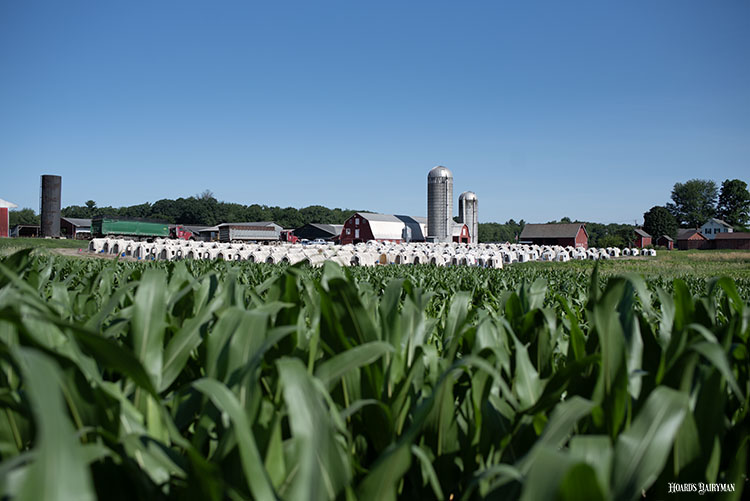
In parts of the country that haven’t chopped corn for silage yet, the anticipation grows in regard to when the crop will be ready and how good the feed will be. During the August Hoard’s Dairyman webinar, John Goeser talked about the impact the growing season could have on silage quality this year.
Goeser, the animal nutrition director at Rock River Laboratory and a dairy consultant with Cows Agree Consulting LLC, noted the variable weather conditions that farmers faced across the country. In many areas, dry conditions plagued the first half of the growing season, which had an impact on plant height.
“Yields may not be great, but there is potential in this crop,” Goeser reassured. That’s because moisture late in the season is helping put reasonable, or in some cases even bigger than expected, cobs on the plants, creating higher grain to stover ratios. That means silage with more starch content and higher fiber digestibility.
“That’s really good,” Goeser said. “It is going to be fantastic from a milk per ton standpoint, or for energy per pound.”
He continued, “It might not have the biggest yields on a per acre basis, but look at the punch those acres are going to give us in energy per pound or ton. We could have pretty good feeding corn silage.”
Unfortunately, Goeser pointed out that there will be a wide spread around the average in terms of quality. Variation in timing of pollination and germination will make it tougher to manage in terms of harvest timing.
He emphasized the need to chop corn based on actual dry matter. That requires testing for whole plant moisture, and sampling more than one field and multiple spots in a field to determine when to harvest.
“This year warrants spending a little more time making an effort to understand where your crop is at,” he said.
He warned against getting into fields too early. Target 65% whole plant moisture for feed on the pile. If the variation between fields is too great, Goeser advised splitting the feed into two different silos or piles.
“We may need to think outside the box, but start with walking the fields to assess where the crop is at,” he emphasized. “Spend more time walking the fields this year; it will pay off.”
To learn more, watch the August Hoard’s Dairyman webinar, “Optimizing corn silage harvest under variable growing conditions.” This webinar was sponsored by Lallemand Animal Nutrition.








